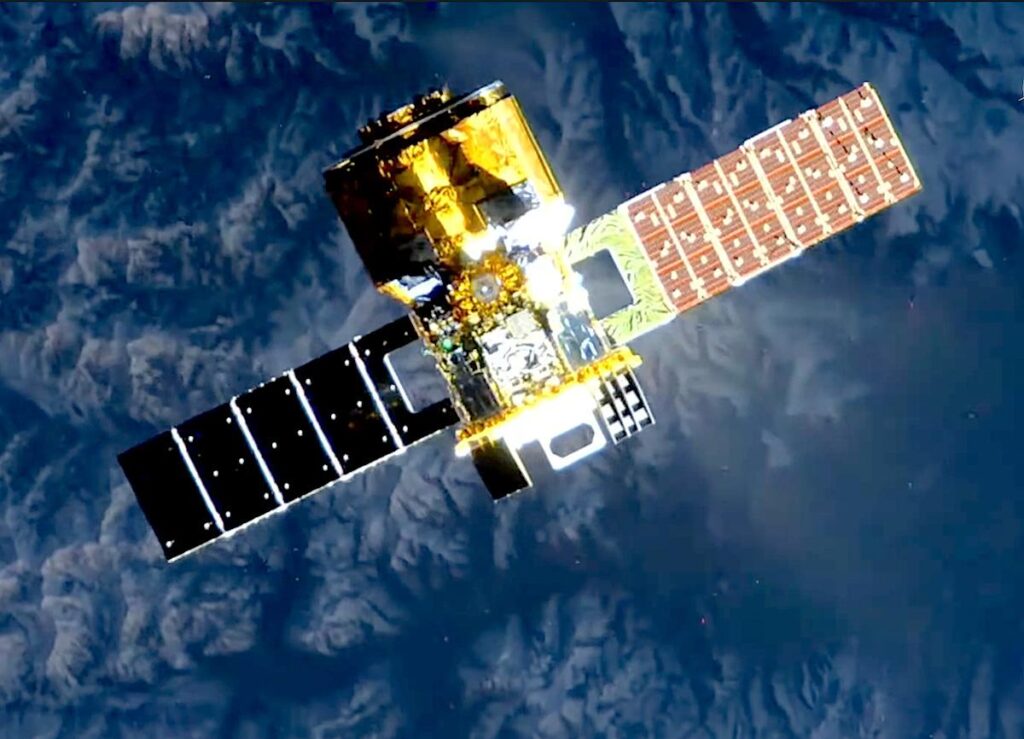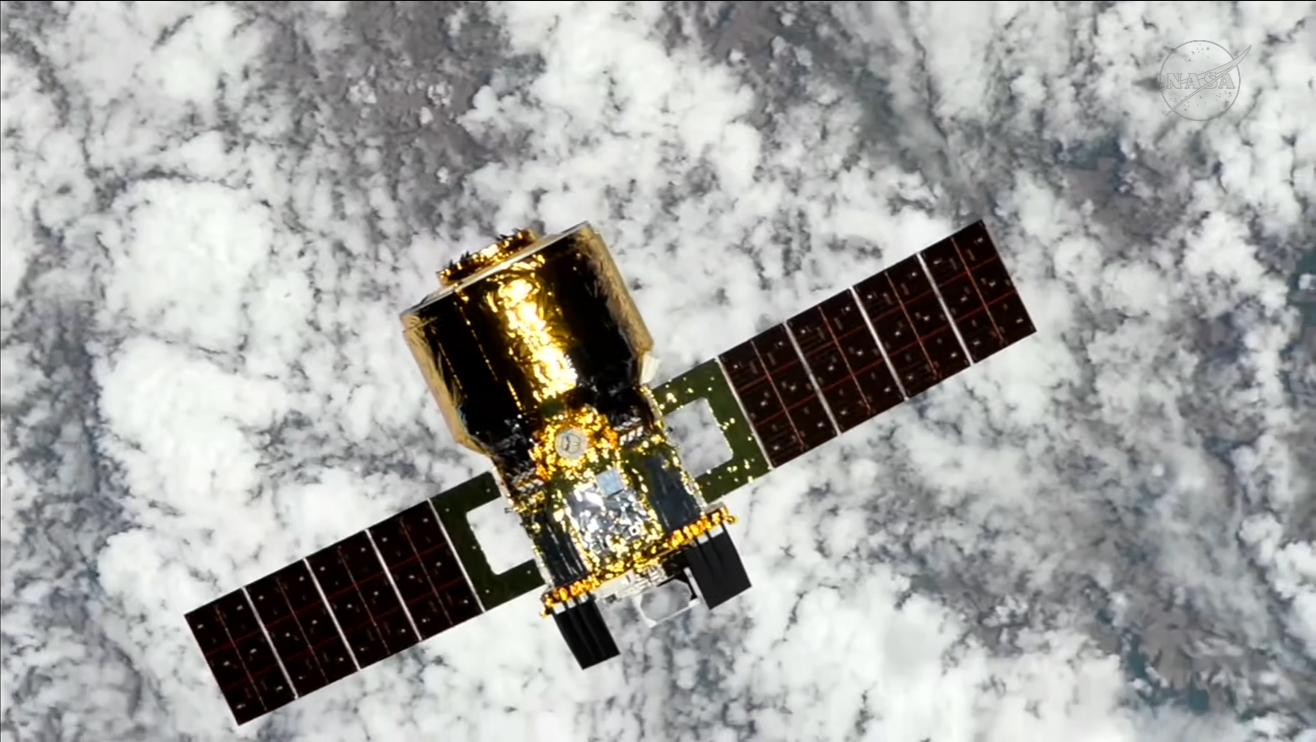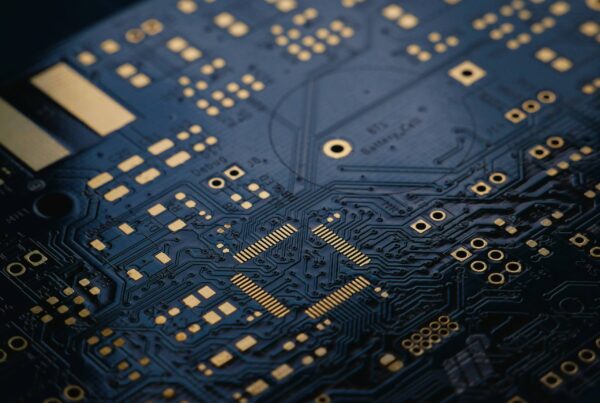Japan's HTV-X has drawn global attention after the new spacecraft built by the Japan Aerospace Exploration Agency (JAXA) successfully carried cargo to the International Space Station (ISS). This mission marks a major milestone in the history of Japan's space exploration and strengthens JAXA's position in global collaboration on space logistics delivery.
The spacecraft was launched on October 25, 2025, and successfully docked with the ISS on October 29 at 23:58 EDT or about 15:58 GMT. With a total payload of around 6,000 kilograms, HTV-X demonstrates a significant capacity increase compared to its predecessor. Its first mission carried 4,080 kilograms of supplies, including food, water, and experimental equipment for the crew on the ISS.
The official image of the launch shows the H3 rocket carrying HTV-X lifting off from the Tanegashima Space Center in Kagoshima Prefecture. That view has become a symbol of Japan's technological advancement in the field of aerospace, which continues to innovate in launch systems and the management of logistics for low Earth orbit.
Technological Innovations Behind Japan's HTV-X Design
The success of Japan's HTV-X is not merely the result of technical capabilities, but also of innovative design developed for more than a decade. This spacecraft is the successor generation of the H-II Transfer Vehicle (HTV), which has been used by JAXA since 2009.
Structure and Payload Capacity
HTV-X has a modular structure that enables high flexibility in carrying various types of cargo. The main section consists of a pressurized and an unpressurized space, enabling the transport of scientific equipment, experimental modules, as well as large spare parts.
In addition, the solar power system and enhanced orbit control enable it to operate more efficiently. This technology enables JAXA to save costs and time in the next launch. This innovation is also designed to be compatible with various types of future rocket launchers, including commercial rockets.
Automatic Navigation System to the ISS
One of the advantages of Japan's HTV-X is its automatic navigation system that can precisely control its position and velocity as it approaches the ISS. This technology reduces dependence on operators from Earth and speeds up the docking process.
According to JAXA, this system uses a combination of optical cameras, LIDAR sensors, and AI-based algorithms developed in collaboration with Japanese industry partners. This feature is a major step toward the operation of autonomous logistics vehicles in the future.
Support for Scientific Experiments
In addition to carrying crew supplies, HTV-X also carries important equipment for scientific experiments in the fields of biotechnology, materials, and energy. Several research modules will be used by NASA and ESA teams in the long-duration microgravity program.
With this support, HTV-X plays an important role in strengthening international scientific collaboration. JAXA emphasizes that the success of this mission opens up new opportunities for international space research.

The Strategic Role of JAXA in Global Space Collaboration
The success of Japan's HTV-X reinforces JAXA's position as an important partner in the global space exploration network. Amid the growing competition and collaboration among the world's space agencies, Japan has emerged as a consistent and reliable player.
Japan's contribution to the ISS
Since joining the ISS program, JAXA has contributed through the Kibo Experiment Module and various logistical deliveries using the previous-generation HTV. With the arrival of HTV-X, Japan's contribution not only continues, but also increases in scale and efficiency.
NASA praised this achievement as one of the greatest advances in non-U.S. cargo-delivery missions to the ISS over the last decade. A stable partnership between JAXA, NASA, and ESA is tangible evidence of the importance of international collaboration in ensuring the sustainability of the ISS.
Readiness for the Moon and Mars Mission
JAXA does not stop in Low Earth Orbit. The launch of Japan's HTV-X is also part of the long-term roadmap toward the NASA-led Artemis mission. In this project, JAXA plans to contribute to the logistics and supply system for the Lunar Gateway — an orbital station that will support human missions to the Moon's surface.
On the other hand, Japan is also opening up the possibility of cooperation with private companies such as SpaceX and Blue Origin for the integration of future launch technologies. This step shows JAXA's orientation toward a more open and collaborative space ecosystem.
Economic Impact and Industrial Innovation
The Japanese HTV-X launch also has a domino effect on the domestic industry. More than 80 Japanese companies are involved in the development of its components, including Mitsubishi Heavy Industries and NEC. This project stimulates innovation in the field of electronics, automation, and energy systems.
Analysts estimate that the economic value of the HTV-X program could reach billions of dollars in the coming decade, both from international contracts and from the development of derivative products such as autonomous navigation systems and materials that withstand extreme temperatures.
The HTV-X Mission and the Future of Japan's Space Logistics
With the success of the first mission, JAXA has already prepared a follow-up plan for HTV-X. They target routine launches every two years to support ISS operations until the end of this decade.
Preparation for the Next Mission
The next mission is projected to carry a larger payload, with the integration of quantum communication systems and high-orbit solar energy experiments. In addition, JAXA is currently testing the capability of this spacecraft to return payload to Earth, making it more efficient than its predecessor, which could only be used once.
Collaboration with Private Industry
JAXA is also beginning to open up opportunities for commercial companies to use the HTV-X as a platform for orbital experiments. Startups such as Astroscale and ispace are reportedly exploring collaborations to test small satellites and space debris recycling systems.
Potential for Program Expansion
In the future, Japan's HTV-X could become the precursor to a multipurpose space transportation system. With a large capacity and high fuel efficiency, this spacecraft can be used for asteroid exploration missions as well as the construction of a new space station in medium Earth orbit.
Kesimpulan: Tonggak Baru Eksplorasi Antariksa Jepang
Japan's HTV-X launch marks a new chapter in the journey of space exploration in the land of cherry blossoms. With increasingly sophisticated logistical capabilities, high energy efficiency, and autonomous system integration, JAXA demonstrates that Japan is capable of competing on par with the world's major space powers.
This success is not only about technology, but also a long-term commitment to research, international collaboration, and industrial innovation. In a global context, HTV-X has become a symbol of Asia's space advancement and Japan's important contribution to the future of human exploration beyond Earth.
Discover more from Insimen
Subscribe to get the latest posts sent to your email.










